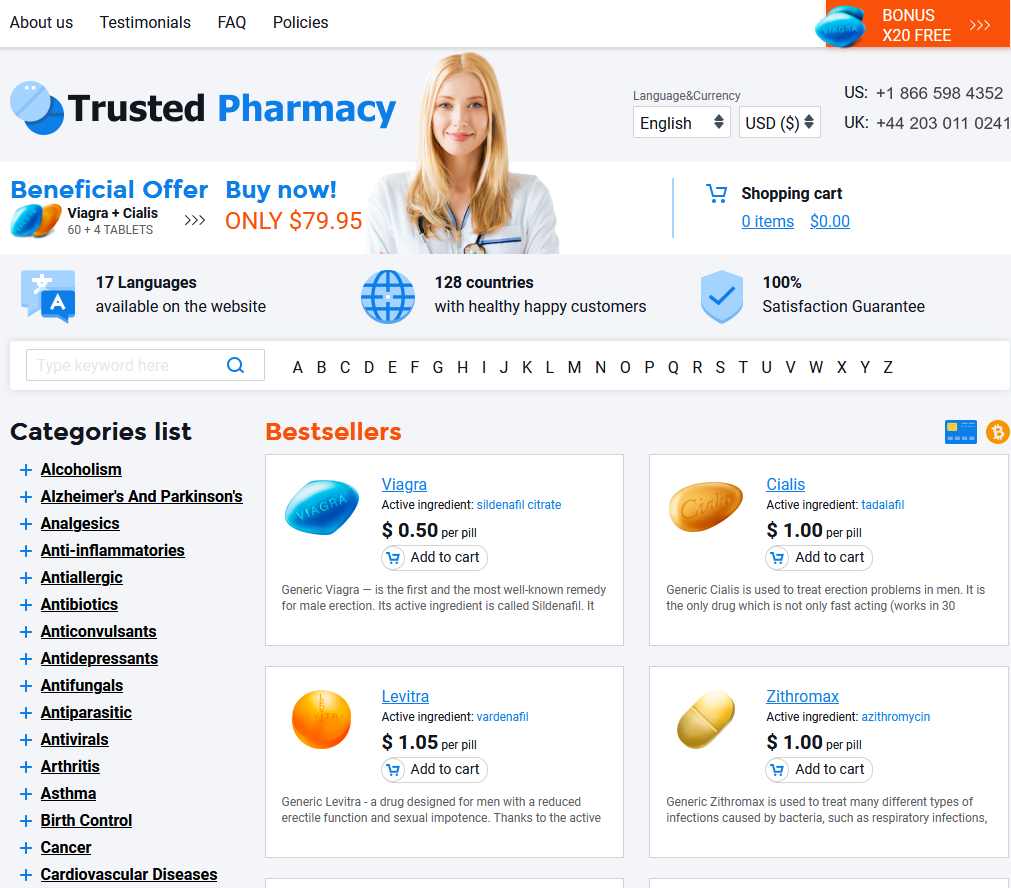
Zofran Vs. Other Antiemetics: a Comparative Analysis
Zofran: a High-level Overview of Its Mechanisms
At the heart of its efficacy is Zofran's action on serotonin receptors in the chemoresponsible zone within the brain, a key player in nausea and vomiting reflexes. Classified as a 5-HT3 receptor antagonist, Zofran blocks these receptors, thwarting nausea-inducing signals. This mechanism is notable for its rapid onset of action, offering relief 'stat' in acute scenarios. Unlike some other treatments that have a heavier 'pill burden,' Zofran is often preferred for its simplicity. When patients receive their 'script' for Zofran, the 'sig' typically entails minimal dosing frequency, which can enhance compliance and quality of life.
| Aspect |
Zofran |
| Mechanism |
5-HT3 receptor antagonist |
| Onset |
Rapid |
| Pill Burden |
Low |
Effectiveness of Zofran in Various Clinical Scenarios

Zofran, widely recognized by its trade name, is heralded as a remarkable remedy for nausea and vomiting. In a surgical setting, where post-operative nausea is a lingering concern, Zofran often takes center stage as part of a cocktail to ensure patient comfort. It's not just in the operating room where its presence is felt; oncology wards too rely heavily on Zofran to counteract chemotherapy-induced nausea, offering patients some reprieve amidst challenging treatments.
In the realm of obstetrics, Zofran stands out for its efficacy in managing severe morning sickness, often requiring a stat prescription to provide immediate relief. Its user-friendly dosing and the ability to offer quick symptom abatement make it a favored choice for both prescribers and patients. This leaves many expecting mothers grateful for this effective elixir during their pregnancy journey.
Despite its advantages, some patients might experience sticker shock when encountering the cost of Zofran, particularly without insurance coverage. However, its effectiveness across diverse clinical scenarios often justifies the expense for many, as it continues to be a cornerstone in antiemetic therapy. The balancing act between its evident benefits and associated costs remains a pivotal discussion among healthcare providers and patients alike.
Commonly Used Antiemetics: Comparing Side Effects
In the world of antiemetics, Zofran often stands out due to its favorable side effect profile. However, as with all medications, it's not without its hangovers, so to speak. Zofran—like its counterparts, the comp and OTC remedies—primarily works by blocking serotonin, which can lead to common side effects such as headaches and constipation. In comparison, other popular antiemetics like metoclopramide and promethazine have their own unique arrays of side effects. Metoclopramide, for instance, may bring about feelings of restlessness or fatigue, while promethazine is known for causing drowsiness, sometimes to the point of resembling a zombie pill experience. Patients must weigh these potential outcomes with their healthcare providers, a process that often resembles a pharm party of decision-making, where everyone's priorities come into play.
Patient Preferences: Zofran Versus Other Antiemetics

Comparing patient preferences for antiemetics often reveals a leaning towards Zofran, especially among those who value reliability and a quick effect. Many patients appreciate that Zofran provides effective relief without the "hangover" of significant side effects common with other options. Additionally, its oral disintegrating tablet form is often considered convenient, reducing the burden of needing water or additional supplies, much like a "Drive-Thru" pharmacy experience—quick and straightforward.
However, some patients express concerns over cost, often encountering "Sticker Shock" with Zofran, especially when generics might be unavailable or insurance doesn't cover it fully. Despite this, the preference often swings back in favor of Zofran, with patients citing its dependable performance as integral to managing their symptoms efficiently, making it a trusted choice in navigating nausea relief.
Cost and Accessibility: Zofran Compared to Alternatives
Navigating the financial labyrinth of Zofran versus its alternatives often leads patients to a critical crossroads. The prescription, or "script," cost of Zofran can vary significantly depending on insurance coverage and geographic location, occasionally leading to "sticker shock." While generics offer some relief, even these may still present a financial burden for uninsured patients. Accessibility also factors into patient decision-making; some might encounter long wait times at the "drive-thru," adding to the frustration of accessing necessary medication.
| Medication |
Approximate Cost |
Availability |
| Zofran |
$4-30 per tablet |
Widely available |
| Generic Antiemetic |
$2-15 per tablet |
Varies |
| Alternative Brand |
$10-50 per tablet |
Limited |
Seeking alternatives typically involves weighing the consistent efficacy of Zofran against potentially more cost-effective generics or other antiemetics. Yet, the "formulary" listings of insurers often dictate what ends up in the medicine cabinet. As patients become "window shoppers," comparing prices, the overarching concern remains whether cost compromises the quality of care received.
Future Prospects: Innovations in Antiemetic Treatments
The quest for next-generation antiemetics is steering towards personalized medicine, with targeted therapies designed to cater to individual patients' unique genetic profiles. In doing so, it may significantly reduce the chances of experiencing adverse side effects often associated with "elixirs" like Zofran and others. Moreover, these advancements might lead us to explore innovative delivery mechanisms such as "IV Push," facilitating rapid relief in critical settings.
Researchers are also delving into the world of bioelectronic devices, harnessing neural pathways to mitigate nausea without the traditional "count and pour" of pharmaceuticals, thus minimizing potential pill burden. As these promising developments continue to evolve, we may soon see a shift in formularies, with healthcare providers re-evaluating their "script" choices in light of these new, cutting-edge options, ensuring both efficacy and safety.
As the future unfolds, digital technology integration will also redefine how we manage antiemetic treatments, introducing AI-driven "DUR" systems to optimize drug utilization, anticipate patient needs, and fine-tune dosages. Consequently, this innovative approach aims to provide enhanced personalized care and adherence, replacing erstwhile methods with data-driven insights and precision in dispensing medications.